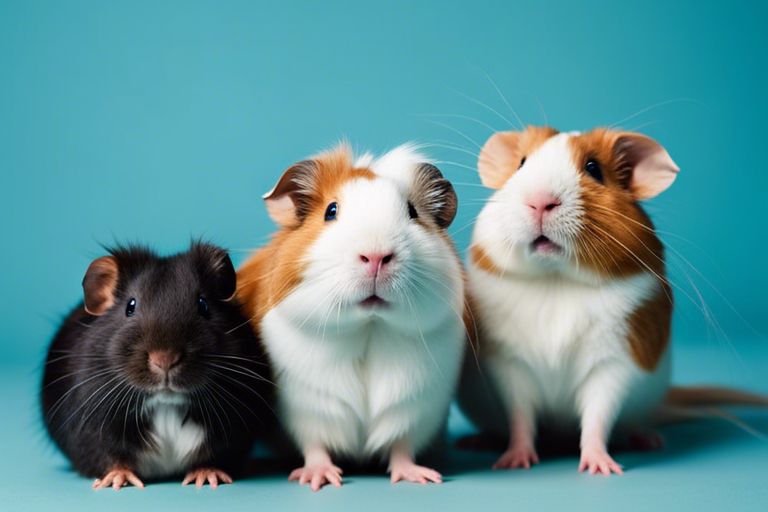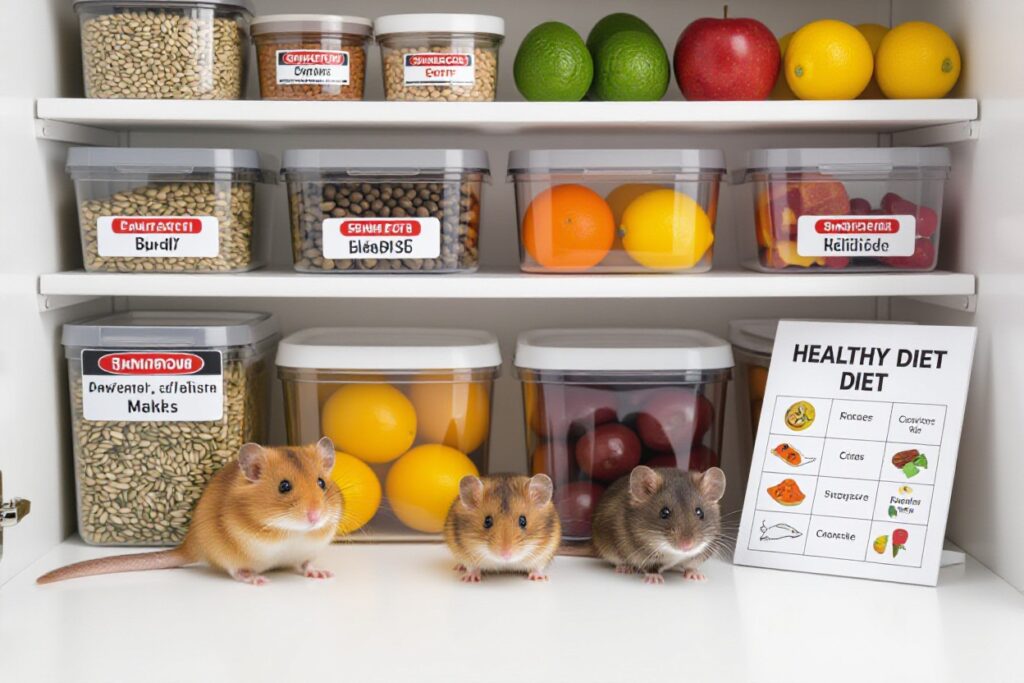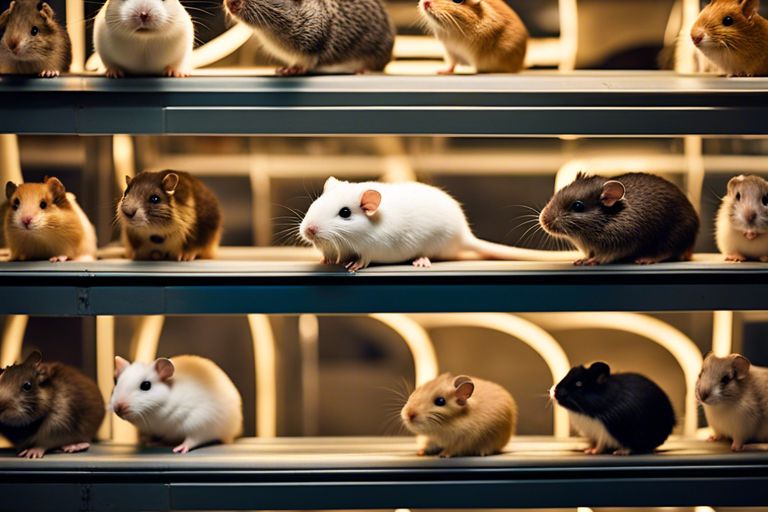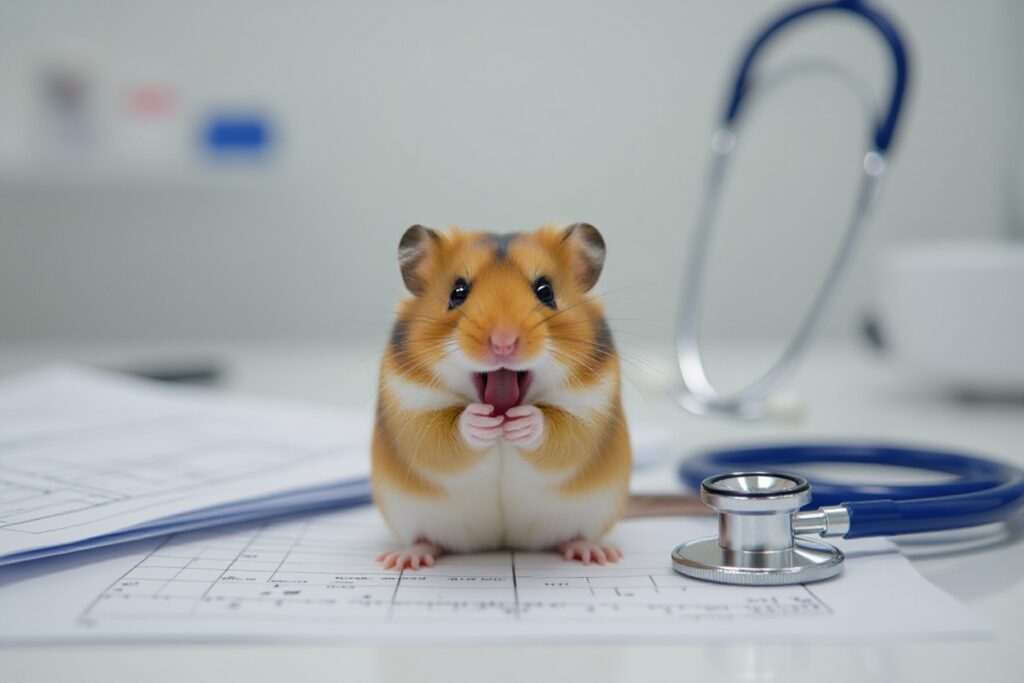The care and grooming of rodents are vital for their overall health and well-being. Just like any other pet, rodents such as guinea pigs, hamsters, and rats require grooming to keep them happy and free from any health issues. Regular grooming not only helps to maintain their physical appearance but also promotes a strong bond between you and your furry friend. In this blog post, we will discuss vital rodent grooming tips to ensure your pet stays healthy and content.
The Basics of Rodent Care
A Clean Home for a Healthy Rodent
One of the fundamental aspects of caring for a pet rodent is ensuring they have a clean living environment. Regularly cleaning your rodent’s cage or enclosure is crucial for their overall health and well-being. A dirty cage can lead to respiratory issues, skin problems, and other health concerns for your furry friend.
Regular Checkups with a Veterinarian
On top of providing a clean living space, it is crucial to schedule regular checkups with a veterinarian who is experienced in the care of rodents. These checkups help monitor your pet’s health and can detect any potential issues early on. Your vet can also provide guidance on proper nutrition, exercise, and any specific care requirements for your particular rodent species.
The health and happiness of your pet rodent are dependent on proper care and attention. By following these basic guidelines and seeking regular veterinarian checkups, you can ensure a long and fulfilling life for your furry companion.

Nutrition and Health
Essential Nutrients for a Balanced Rodent Diet
For your rodent to maintain optimal health and vitality, it is crucial to provide a balanced diet that meets their specific nutritional needs. Essential nutrients for rodents include proteins, fats, carbohydrates, vitamins, and minerals. Protein is important for growth and development, while fats provide energy and support healthy skin and coat. Carbohydrates should come from sources like fruits, vegetables, and grains to provide fiber and energy. Vitamins and minerals help support various bodily functions and should be included in their diet through fresh produce and fortified foods.
Recognizing Signs of Malnutrition
Health is paramount when it comes to ensuring a happy and thriving rodent companion. Signs of malnutrition in rodents may include weight loss, dull or flaky coat, lethargy, diarrhea, and changes in fur color. If you notice any of these signs, it is important to consult with a veterinarian to address any potential nutritional deficiencies and adjust their diet accordingly to prevent further health issues.
Recognizing signs of malnutrition in your rodent early on can help prevent serious health concerns and ensure they live a long and happy life. Regularly monitor their body condition, coat quality, and energy levels to catch any potential issues and make necessary adjustments to their diet to support their overall health and well-being.
Grooming Techniques and Tools
Choosing the Right Grooming Equipment
The key to successful rodent grooming is selecting the right tools for the job. The market is flooded with grooming supplies, but not all are suitable for your furry friend. When choosing grooming equipment for your pet rodent, it’s imperative to opt for products specifically designed for small animals. Look for gentle brushes, combs, and nail clippers that are small in size and easy to handle. Avoid using grooming tools meant for larger animals, as they may be too harsh or cumbersome for your tiny pet.
Step-by-Step Guide to Daily Grooming Routines
Grooming your rodent regularly is crucial for their health and overall well-being. Establishing a daily grooming routine will help keep your pet’s coat shiny and free of tangles, and their nails trimmed to a safe length. Here is a simple step-by-step guide to daily grooming for your pet rodent:
StepDescription
| 1 | Gently brush your rodent’s fur to remove loose hair and prevent matting. |
| 2 | Trim your rodent’s nails with small animal nail clippers to prevent overgrowth and potential injuries. |
| 3 | Check your rodent’s ears and eyes for any signs of infection or irritation, and clean if necessary. |
Regular grooming not only keeps your rodent looking their best but also allows you to monitor their overall health and detect any issues early on. If you notice any abnormalities during grooming, such as lumps, wounds, or parasites, consult your veterinarian for further guidance.
Handling Your Pet with Care
The Correct Way to Hold Your Rodent
Many pet owners may not be aware of the proper way to handle their rodents, which can lead to injury or stress for the animal. When picking up your rodent, it’s important to support their body and allow them to feel secure. Avoid grabbing them by the tail or squeezing them too tightly, as this can cause discomfort and fear.
On the other hand, gently scoop your rodent up with both hands, supporting their body and allowing them to feel safe in your grasp. Remember to handle them with care and avoid sudden movements that can startle them. By holding your rodent correctly, you can ensure a positive bonding experience and prevent any unnecessary stress.
Stress-Free Grooming Practices
Many pet rodents may feel stressed during grooming sessions if not done correctly. To minimize stress, create a calm and quiet environment for grooming. Choose a time when your rodent is usually relaxed, and have all grooming tools ready to avoid any interruptions.
To further reduce stress, start with short grooming sessions and gradually increase the duration as your rodent becomes more comfortable. Offer treats and positive reinforcement during and after grooming to make it a positive experience for your pet. By following these stress-free grooming practices, you can help your rodent stay healthy and happy.
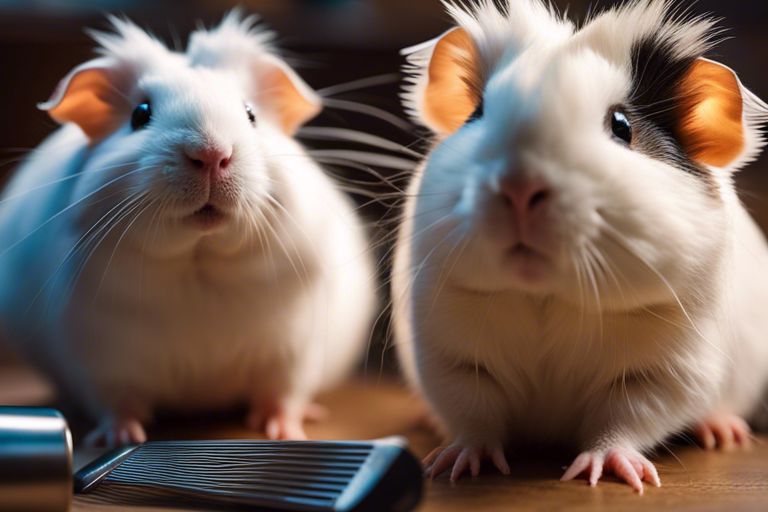
Common Rodent Health Issues
Dental Health and Nail Care
Nail trimming is crucial for maintaining the health and comfort of your rodent. Overgrown nails can cause issues with walking and may even lead to infections. Use pet-safe nail clippers and trim the nails carefully, avoiding the quick. Regular grooming sessions will help your rodent get used to the process and make it easier for you to keep their nails at a proper length.
Parasite Prevention and Treatment
Keeping your rodent free of parasites is crucial for their overall well-being. Regularly check for signs of external parasites such as fleas or ticks, and consult with your veterinarian about appropriate preventative treatments. Internal parasites can also be a concern, so be vigilant for symptoms such as weight loss or changes in appetite. Your vet can recommend deworming treatments if necessary.
To ensure your rodent’s health and happiness, it’s important to be proactive in preventing and treating parasites. Maintain good hygiene in your rodent’s living environment, and keep a close eye on their behavior and physical condition. Regular veterinary check-ups can also help catch any issues early on, ensuring your rodent stays healthy and thriving.

Behavioral Aspects of Grooming
Building Trust Through Grooming
Keep in mind that grooming plays a crucial role in building trust between you and your pet rodent. By approaching the grooming process with patience and care, you can help your furry friend feel comfortable and secure in your presence. Consistent grooming sessions will not only keep your rodent looking and feeling great but will also strengthen the bond you share.
Reading Your Pet’s Grooming Signals
Aspects of your pet’s grooming signals can provide valuable insights into their overall well-being and emotional state. Pay attention to their body language during grooming sessions. If your rodent appears relaxed, with eyes half-closed and whiskers drooping, it indicates they are enjoying the grooming process. On the other hand, if they seem tense, try to identify the cause of discomfort and adjust your grooming approach accordingly.
Building a strong connection with your pet involves understanding and interpreting their grooming signals. By recognizing their cues, you can ensure a positive grooming experience that strengthens the bond between you and your furry companion.
Advanced Grooming Tips and Tricks
- Dealing with Specific Coat Types
Coat Type Grooming Techniques Short coat Use a soft brush or grooming mitt to remove loose hair and dirt. Long coat Regularly brush to prevent matting and tangles. Use a detangling spray if needed. Wire coat Use a slicker brush to remove dead hair and prevent matting. Trim as necessary. Curly coat Use a comb to detangle and prevent matting. Consider professional grooming for shaping. - On top of regular grooming, consider specific needs based on your pet’s coat type for optimal results.
Seasonal Grooming Considerations
An vital aspect of maintaining your rodent’s coat health is adapting grooming routines to seasonal changes. During shedding seasons, more frequent brushing may be necessary to prevent matting and reduce hair around the house.
This proactive approach helps minimize discomfort for your pet and ensures their coat remains healthy year-round. Consider consulting with a veterinarian for additional tips tailored to your rodent’s specific needs.
Conclusion
Upon reflecting on the importance of grooming for rodents, it is evident that proper grooming practices are important for the health and happiness of your pet. By following the tips provided in this guide, you can ensure that your rodent stays clean, healthy, and comfortable. Regular grooming not only helps prevent health issues such as matted fur and overgrown nails, but also strengthens the bond between you and your furry companion.
Remember to be gentle, patient, and consistent when grooming your rodent, and always monitor their behavior and physical condition. A well-groomed rodent is a happy rodent, so take the time to care for your pet’s grooming needs regularly. Your efforts will be rewarded with a healthy and contented rodent that brings joy and companionship to your life.
FAQ
Q: Why is grooming important for rodent pets?
A: Grooming is important for rodent pets to maintain their health and happiness. Regular grooming helps prevent matted fur, removes parasites, and allows you to inspect your pet for any signs of illness or injury.
Q: How often should I groom my rodent pet?
A: The frequency of grooming your rodent pet depends on the species and the length of their fur. As a general guideline, short-haired rodents should be groomed at least once a week, while long-haired rodents may require grooming every other day.
Q: What tools do I need for grooming my rodent pet?
A: Essential grooming tools for rodent pets include a small brush or comb, nail clippers, and a small pair of scissors for trimming fur if necessary. Additionally, you may need pet-safe wipes or shampoo for bathing your rodent.
Q: How should I groom my rodent pet without causing stress?
A: To groom your rodent pet without causing stress, start by getting them used to being handled and touched regularly. Use positive reinforcement and treats during grooming sessions, keep the sessions short, and be gentle and patient with your pet.
Q: Are there any specific grooming tips for different rodent species?
A: Yes, there are specific grooming tips for different rodent species. For example, gerbils and hamsters may enjoy sand baths to help keep their fur clean, while guinea pigs may require regular nail trims to prevent overgrowth. Research the specific grooming needs of your rodent pet’s species for best results.
